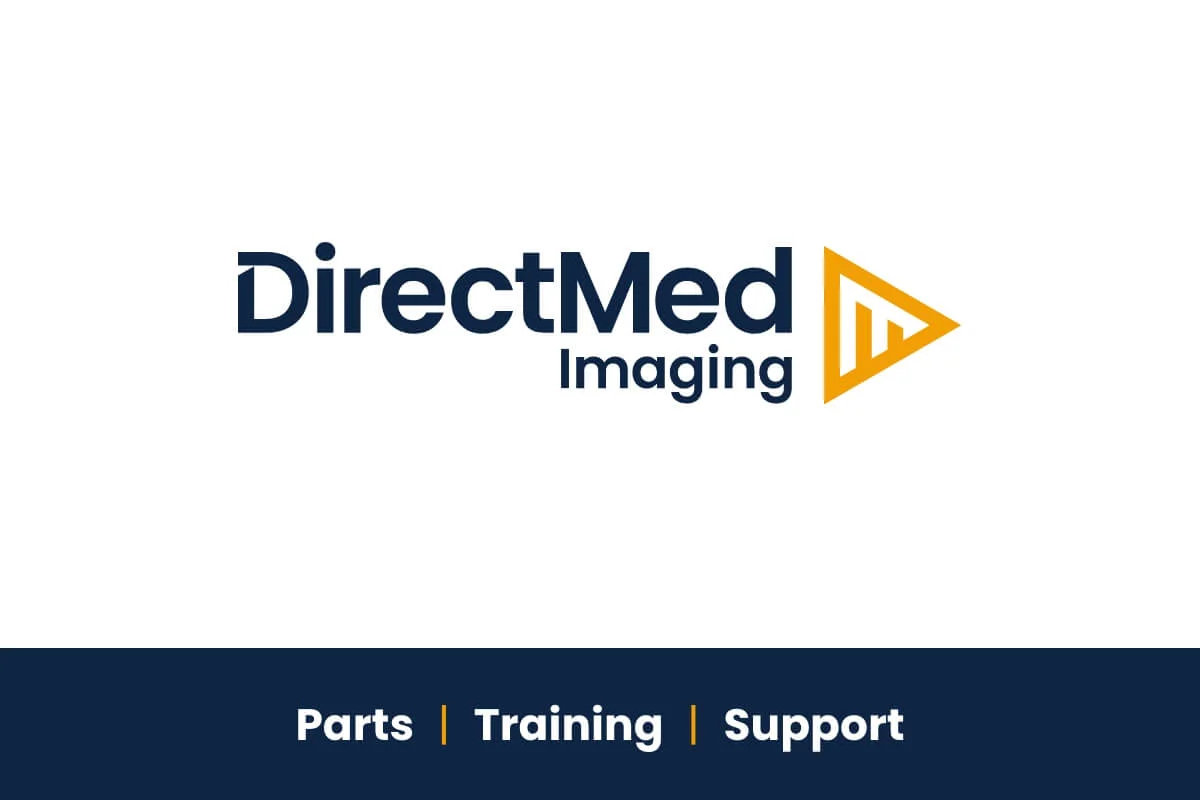Anyone doing the procuring for a medical facility would need to make careful assessments before buying an MRI or signing off on other capital expenses. While 3.0T magnets, double or triple RF channels, and other excess functionalities are nice to have, are they necessary for your imaging department? If you’re thinking of upgrading or adding to your imaging systems at work, here are some things to consider.
Choosing Between a 1.5T and a 3T
The most popular MRI type in the world is still the 1.5T short bore. It has been the case for years, and things do not seem to be changing anytime soon. Besides the raw power of individual MRI parts, there are many other things to consider.
For example, a 3T MRI indeed delivers exceptional image quality, and it directly benefits doctors studying complex neurovascular and cardiac situations. However, you can do most routine scans on a 10-year-old 1.5T short-bore MRI. Doing the scan on a short bore device will be just as accurate as when you do it on a 3T, and it won’t be as expensive.
Think of your facility’s needs. A medical center with a heavy emphasis on research will have vastly different needs than a general hospital. Also, keep your budget for MRI studies in mind—reimbursements do not increase just because you have an upgraded machine.
When you take a machine down to the core and consider MRI parts individually, it is basically a magnet and computers that produce readouts. The central apparatus in this machine—the magnet—will likely last forever. MRIs do not get refurbishment to the extent that other imaging systems like CT scanners do. Unlike CT scanners, where the X-ray component spins to take images from different angles, an MRI’s magnet stays in place. MRIs take less of a physical beating than other types of scanners.
What Are My Options Regarding Upgrades?
What if you want a better signal-to-noise ratio on your machine? Well, you will certainly have that with a 3T. However, you can reduce the “noise” using inexpensive methods. For example, multi-channel MRI coils will improve the ratio and improve your image quality without hurting your budget in the process. What’s more, you can do this without causing significant workflow interruptions.
You could also forego upgrading—a short bore magnet like the CXK4 on the GE Excite 1.5T MRIs, the OR70 on Siemens Symphony 1.5T, or the F2000 for Philips Intera 1.5T scanners will be serviceable for many years.
Finally, you can also get a refurbished MRI machine. Since CXK4, OR70, and F2000 are popular, you can quickly find them in secondary markets. Refurbished machines can meet most imaging departments’ needs, and they are suitable for most medical facilities. Don’t equate “refurbished” with “substandard” either—many sellers of secondhand MRI systems follow OEM guidelines so they can ensure that you get the best MRI parts.
Conclusion
If you want to add an MRI to your facility or increase your scans’ image quality, a pre-owned MRI system might be suitable. Upgrades and brand-new purchases can be a little heavy on any facility’s budget, and if your facility performs routine scans, getting a refurbished MRI system should help keep costs down.
DirectMed Parts and Service ensures that you get high-quality refurbished MRI parts and scanners for your medical facility. We are ISO 13485:2016 certified, and our OEM-trained service engineers are available 24/7 to assist you with equipment needs. Get a quote today or contact us for other inquiries!









